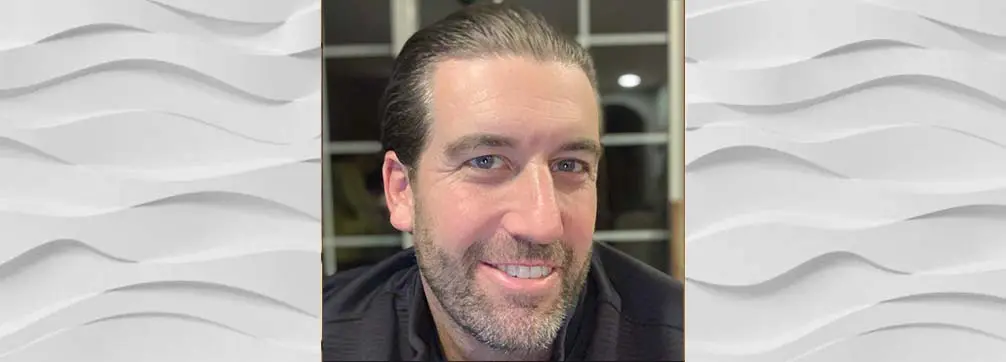Episode 54: The Client: 2 Sales Tools to Win Bigger, Faster, and More Often – Member Case with Nate Kievman
There are two sales tools that allow boutique founders to win bigger, faster, and more often. On this episode, we discuss these tools with C54 member Nate Kievman, CEO of Linked Strategies.

